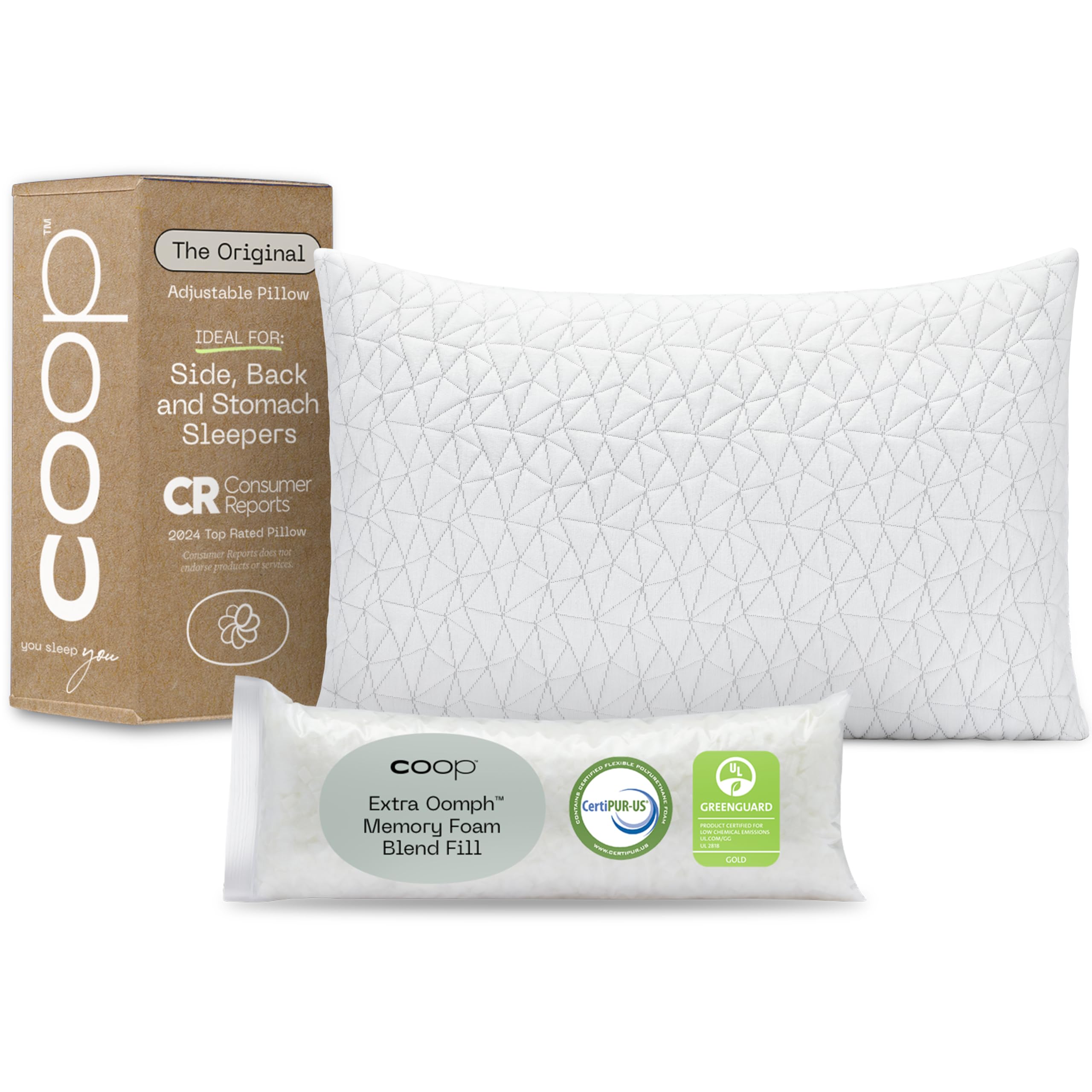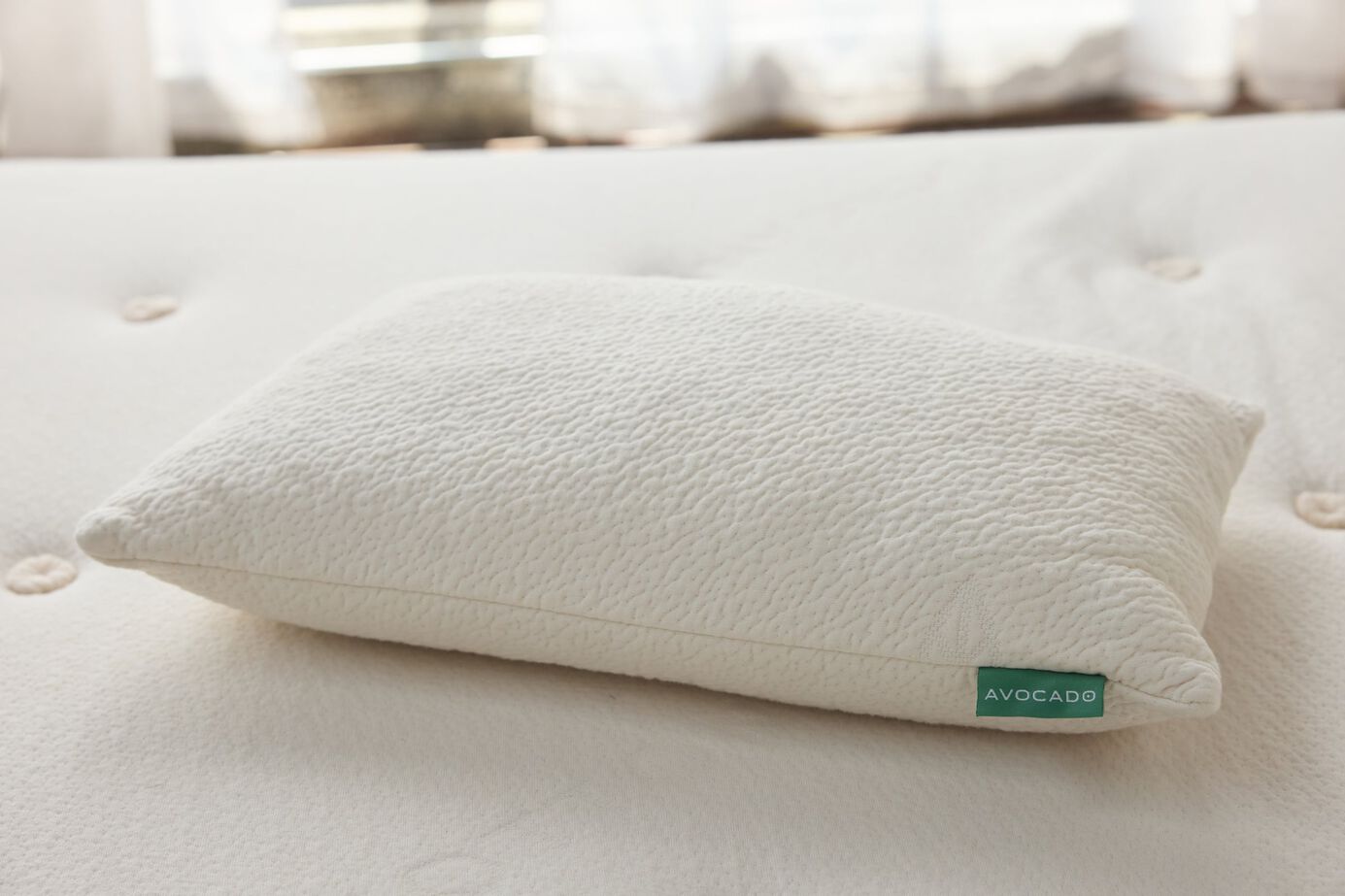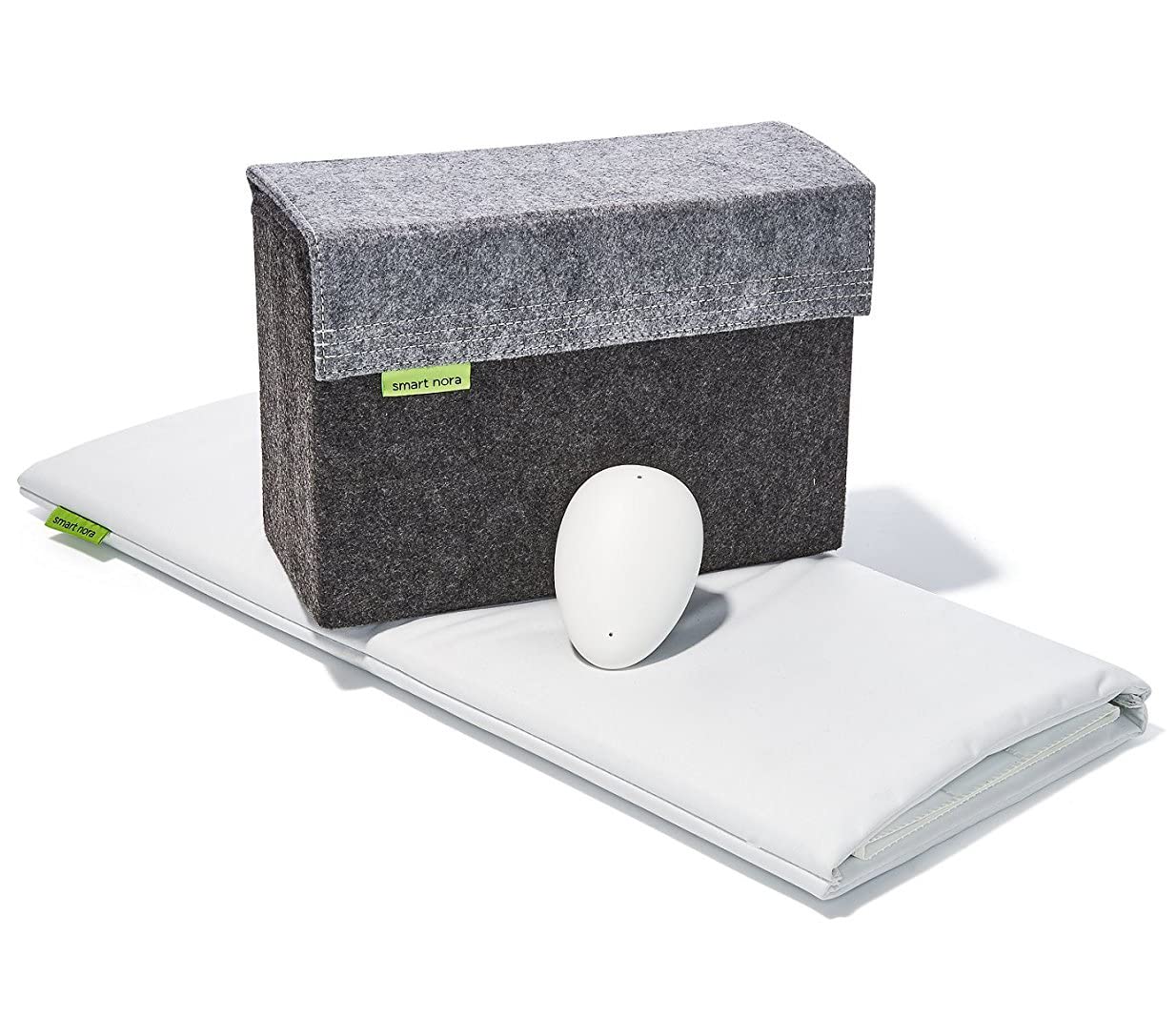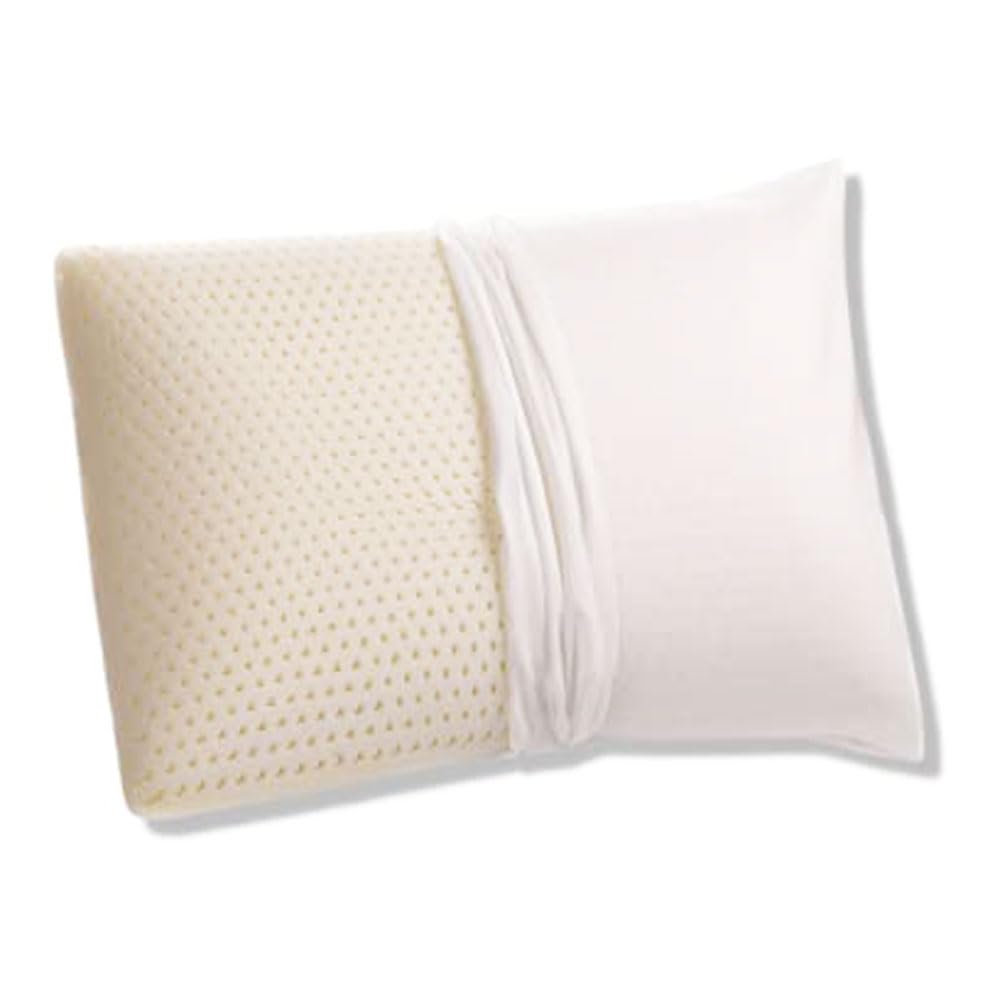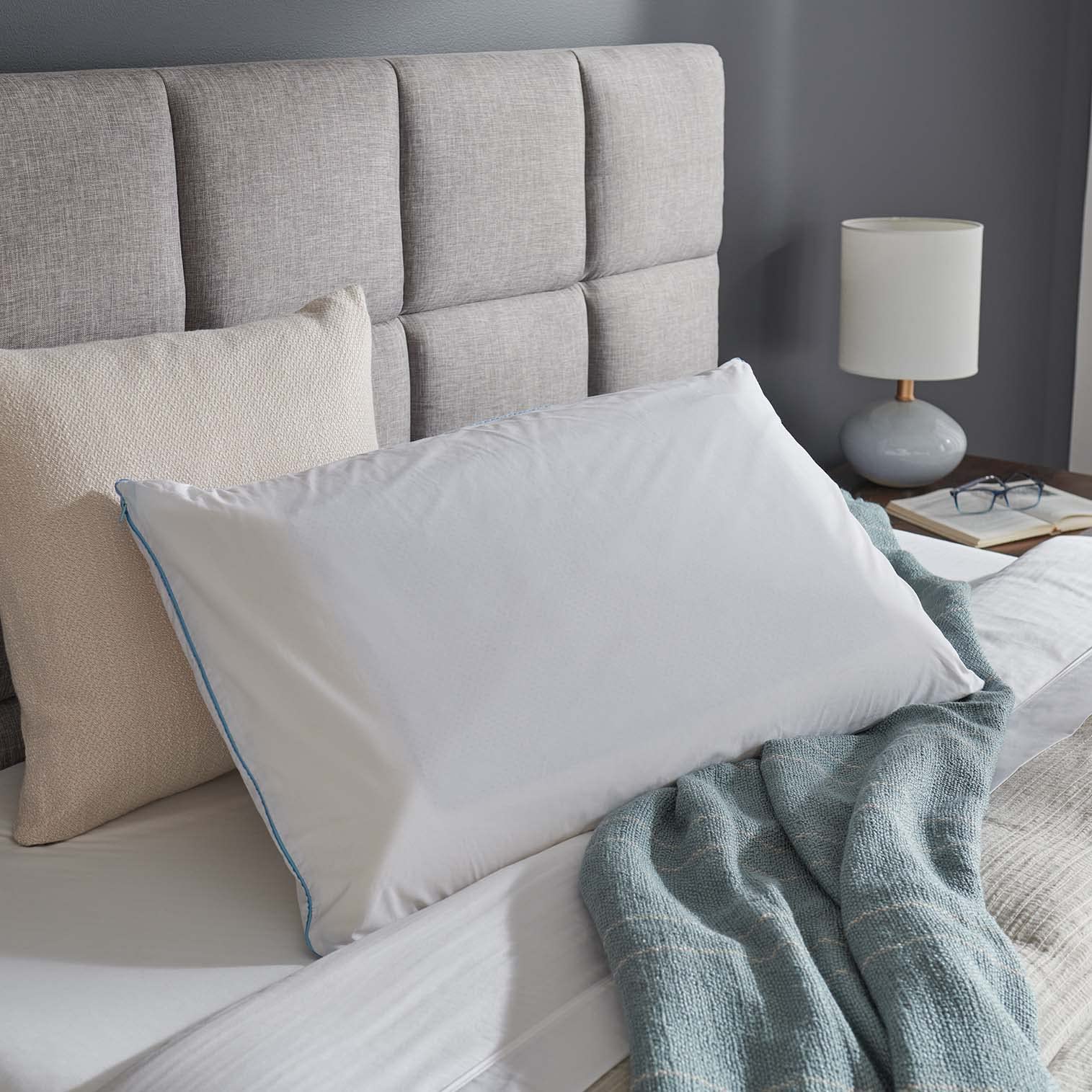Pillows and Position Devices
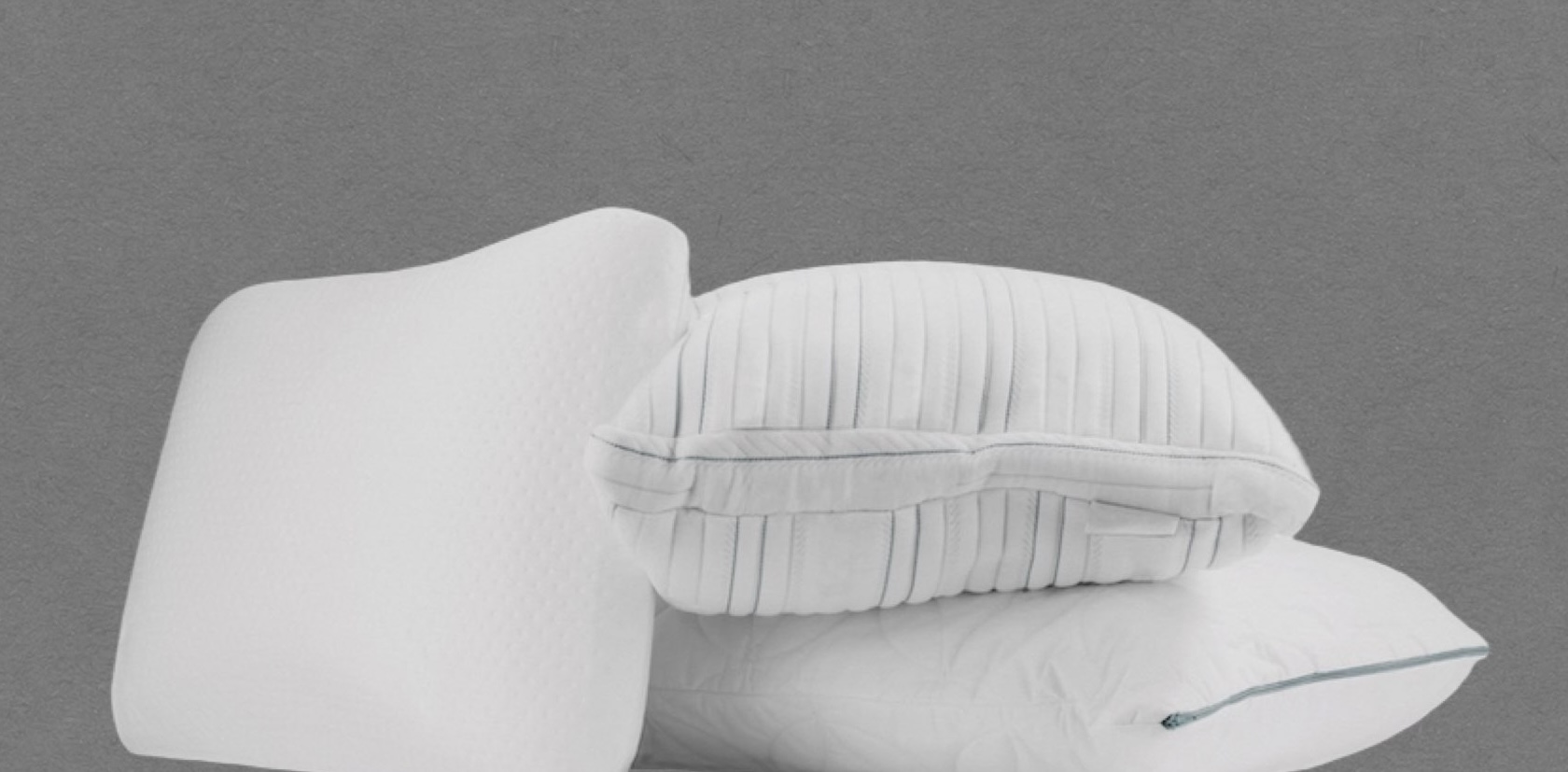
Everybody loves a good, comfy pillow. But when you sleep, a pillow is more than just the place where you rest your head.
Pillows serve other purposes. Choosing the right one for your needs and sleep preferences can significantly impact your sleep and overall health.
See how your sleep quality stacks up.
Start here to get a baseline on how well you sleep and where you can improve.
Body Alignment and Sleep
A well-designed pillow properly supports your head and neck, aligning your spine and limiting the risk of neck, back, and shoulder pain.
Pillows, Breathing, and Sleep
Because pillows are used to position your head and neck, they also contribute to the quality of your breathing at night. Certain pillow types have even been shown to decrease snoring.

Optimize Your Room for Sleep Hygiene
Sleep hygiene refers to your sleep routine and the physical state of your bedroom. Discover the simple steps you can take to improve your bedroom environment and boost both the quality and quantity of your sleep.
Learn MoreHow to Choose a Pillow
- Sleep Position: Side sleepers need thicker pillows, back sleepers require medium support and stomach sleepers benefit from flatter options.
- Temperature Needs: Opt for breathable materials and cooling features if you sleep hot, or warmth-retaining options if you tend to feel cold at night.
- Materials: Select fill and cover materials based on your preferences and potential allergies. Consider hypoallergenic options if needed.
Different Types of Pillows
- Loft: Consider your sleep position. Side sleepers require thicker lofts for proper spinal alignment, while back and stomach sleepers may prefer medium or low lofts to avoid neck strain.
- Firmness: Match firmness to your comfort and support needs. Soft pillows suit stomach sleepers, while medium-firm options offer balanced support for most. Side sleepers and those with neck pain may benefit from firmer pillows.
- Temperature Regulation: Hot sleepers benefit from breathable materials like wool or buckwheat, or cooling features like gel-infused memory foam.
- Fill: Natural fills like down and wool are breathable but may trigger allergies while synthetic fills like memory foam and latex are usually hypoallergenic but may retain heat. Combination fills are also available.
Who Might Benefit from a New Pillow
- Neck Pain Sufferers: A supportive pillow that aligns your spine can significantly reduce pain and improve sleep quality.
- Snorers: Certain pillow types can improve airflow and reduce snoring, benefiting both snorers and their partners.
- Hot Sleepers: Cooling pillows made from breathable materials or infused with cooling gels can help regulate temperature and improve sleep comfort.
- Allergy Sufferers: If dust mites or synthetic materials trigger your allergies, consider hypoallergenic pillows filled with natural materials like down or latex.
- Anyone with Pillows Over 2-3 Years Old: Replacing older pillows old may improve sleep hygiene and comfort, as older pillows may lose shape and accumulate allergens over time.
Who Would Not Benefit from a New Pillow
Pillow selection is a mix of physical, medical and personal preference criteria. Individuals that have the following conditions may benefit from a consultation with a provider or physical therapist:
- Chronic Neck or Spinal Problems
- Severe Sleep Apnea
- Allergies to Pillow Materials
- Migraines or Headaches
- Temporomandibular Joint Disorder (TMJ)

Relevant Research - Pillows and Positioning
Various studies have highlighted the importance of pillow design in enhancing sleep quality. A systematic review emphasizes that pillows with cooling properties and specific designs, such as those made of latex with contoured shapes, can improve spinal alignment, reduce sleep-related neck pain, and enhance overall sleep quality. These features are particularly beneficial in managing body temperature and promoting deeper sleep (European Journal of Integrative Medicine). Another study supports the ergonomic approach to pillow design, suggesting that an orthopedic pillow can optimize cervical curve and comfort, leading to better sleep quality (Tohoku Journal of Exp. Med.). Additionally, research on a newly designed pillow shows significant improvements in sleep quality, highlighting the link between ergonomic design and positive sleep outcomes (Applied Ergonomics). These findings collectively underscore the role of pillow design in improving sleep comfort and health.

